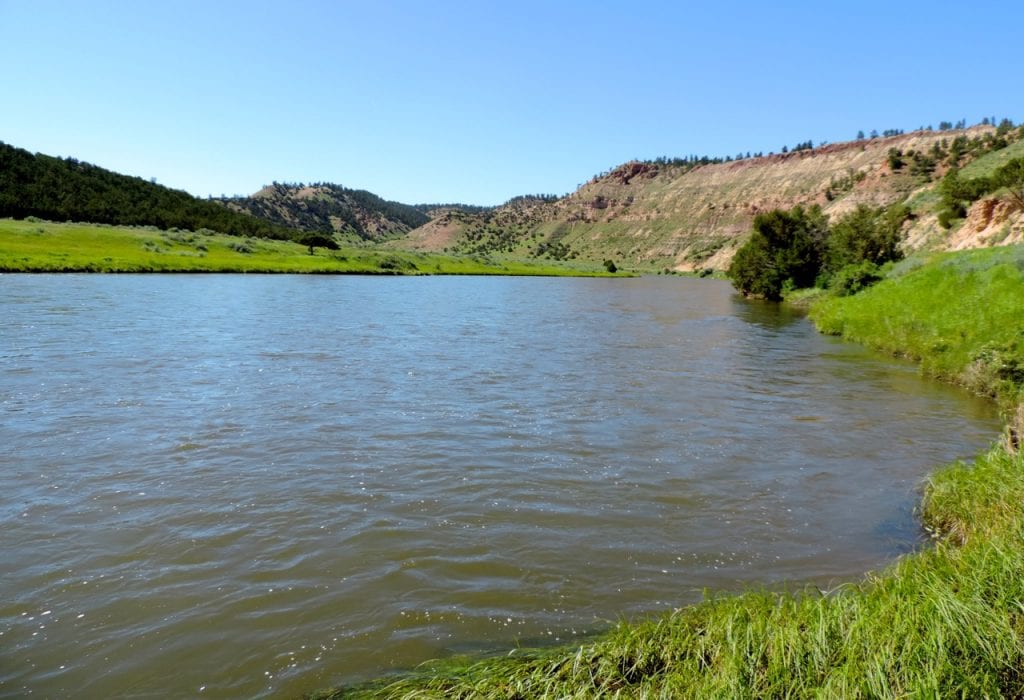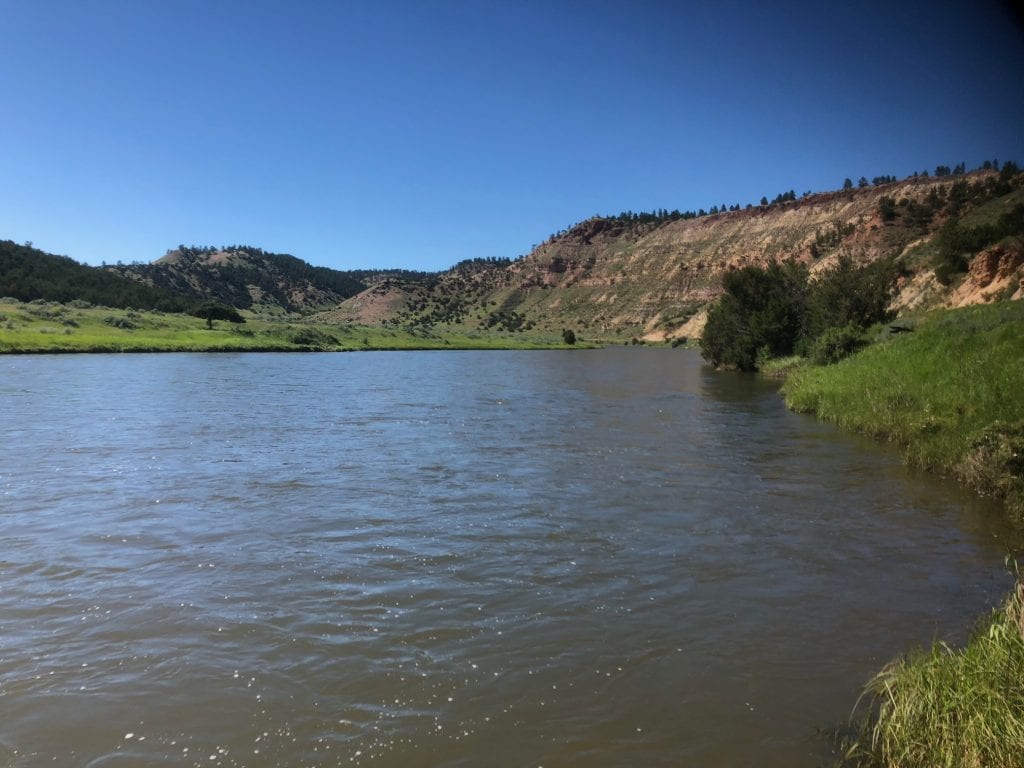
High flow at the Tongue River just a few miles north of the five proposed oil and gas wells.
This week, Guardians took aim at the U.S. Bureau of Land Management’s rubberstamping of two fracking wells in the Tongue River Valley of southeastern Montana.
On Monday, Guardians filed a Statement of Reasons with the Interior Board of Land Appeals arguing that the Bureau of Land Management failed to study the impacts from fracking or the release of more greenhouse gas emissions from the wells.
The appeal is a vital check on what could become a surge of new fracking in Montana’s Tongue River Valley, which would ultimately endanger the region’s water, air, wildlife, and fuel more climate destruction.
As we noted in our original blog post, “Fracking Being Unleashed in Montana,” the attack on the quiet, agricultural Tongue River Valley began when Alta Vista Oil Corporation requested a permit to drill the Slaughterville 1H well on federal public lands (pictured below). Guardians uncovered these plans when visiting the area in September 2017.
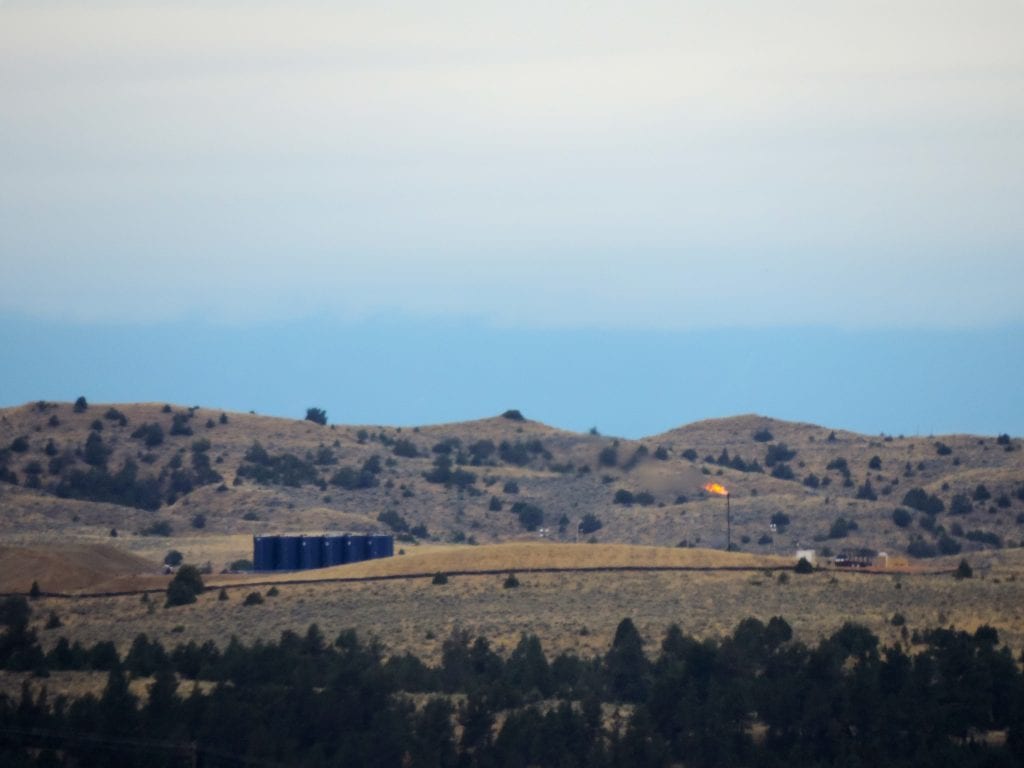
The well pad, a flare, and tanks appear on Alta Vista’s Slaughterville 1H well. Photo taken in September 2017.
In a dismal environmental analysis for the Slaughterville well, the Bureau of Land Management failed to disclose that Alta Vista Oil intended to use horizontal drilling coupled with hydraulic fracturing, or fracking, to unlock oil trapped in rock 8000+ feet below the ground. A few months later, Alta Vista Oil did exactly that and used fracking to extract the oil from the well (click to see what chemicals were used).
To top it off, the Bureau of Land Management has approved four more wells based on this same, flawed document, which failed to discuss the impacts of fracking.
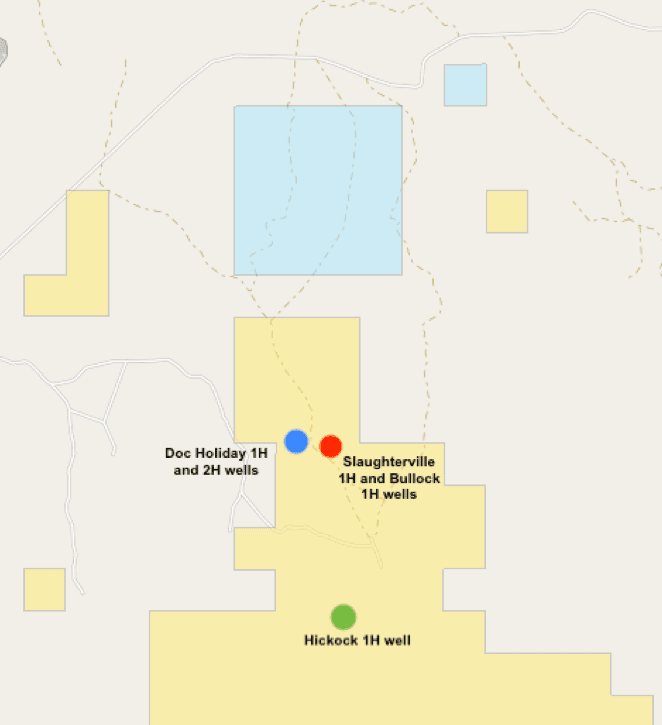
A map of the existing Alta Vista Oil well (Slaughterville 1H) and the four new proposed wells. The yellow area is federal public land.
This short-sighted approach not only threatens our climate, clean air, and clean water, it threatens our democracy and right to know what’s happening on our public lands.
That’s where Guardians comes in. Our statement of reasons raises four claims under the National Environmental Policy Act and the Federal Land Policy and Management Act, including claims regarding the agency’s failure to analyze the impacts from fracking and greenhouse gas emissions. Our federal agencies don’t always do the right thing, and it is up to us to ensure that our public lands remain public for generations to come.
This is just the first step in holding the Bureau of Land Management accountable. So, stay tuned to hear what develops in our case to protect southeastern Montana. We’ll keep you posted!
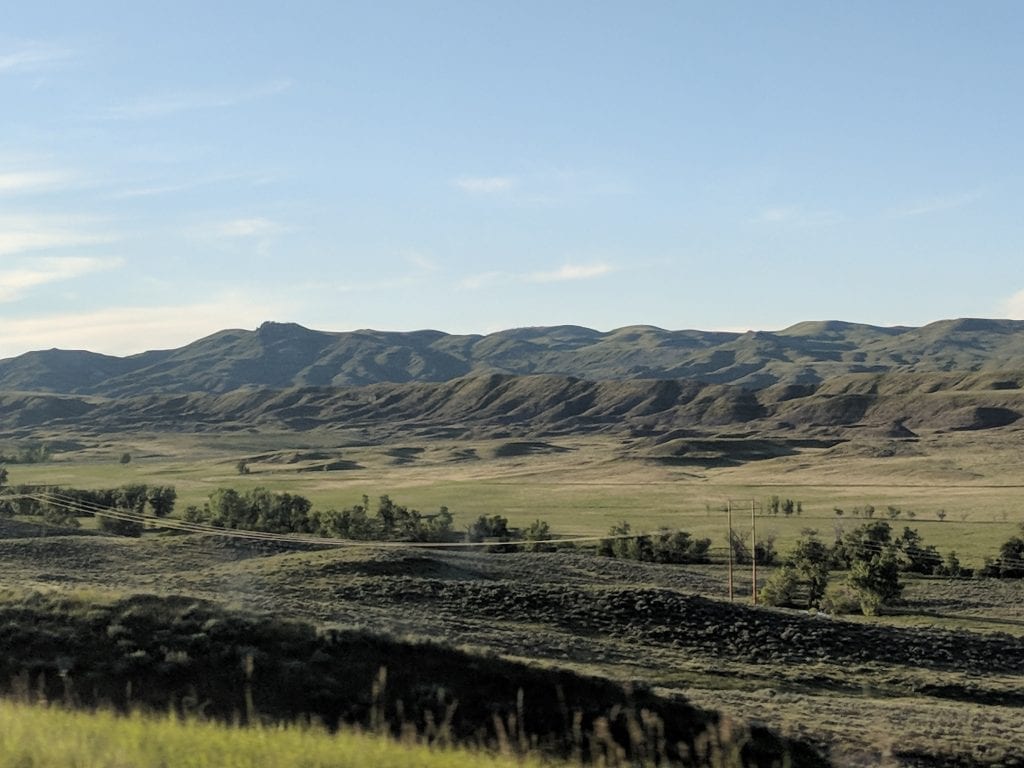
The Wolf Mountains of southeastern Montana.
